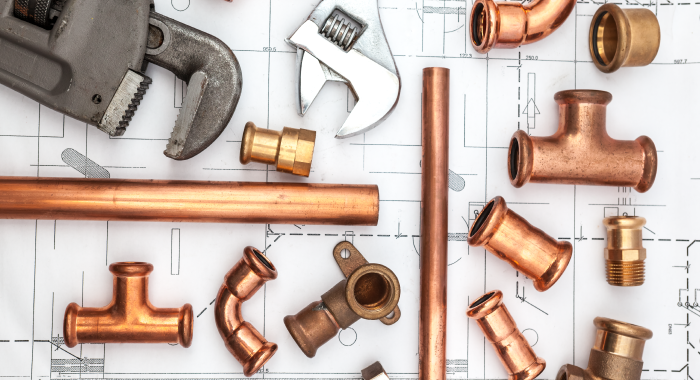Buying a home can be a long and challenging process. There’s a lot you have to know, especially seeing as it’s one of the most expensive purchases you will make in your life. Being armed with explanations of the following terms will make the home buying process that much easier to understand, and put you at an advantage when purchasing your dream home.
Pre-Qualification
The first step in kicking off the home buying process is getting pre-qualified for a mortgage. At this juncture, you speak with a bank or lender to determine the amount you might expect to get approved for to purchase a home. The lender or bank will check over income and possible assets and debt, though will steer clear of your credit score and report. Pre-qualification is when you more or less what options you have for a mortgage.
Pre-Approval
Pre-approval is the next step. This is when you actually start the mortgage application procedure, and therefore fees may have to be paid. Here you will have your financial record and credit report checked, to figure out what you can afford, the specific mortgage amount, and interest rates.
Mortgage Points
If you have extra money to put toward buying a home early on in the process, it’s likely you will want to invest in mortgage points, also known as discount points. Basically, mortgage points are fees you pay to the lender when you close on the property that result in a lower interest rate. In the mortgage world, it’s known as “buying down the rate.” This is a good idea especially because you can save a lot of money in the long term, so long as you check the breakeven point when purchasing points. The value of points depends on the marketplace and lenders in question, so be sure to check this out thoroughly.
PMI
Private mortgage insurance, known as PMI, is for when you have to default on a mortgage loan. Taking out a PMI policy protects the lender from substantial loss if the borrower is forced to default. It is actually not necessary to pay PMI, though only when you as the borrower have 20% equity of the property. This isn’t automatic, so be sure to ask about it when you’ve paid down the mortgage to 80% of the property’s appraised value.
Adjustable Rate Mortgage
For those of you who don’t want to pay the same price on mortgage payments month after month, you have the adjustable rate mortgage, or ARM. Taking out an ARM means not having a fixed interest rate. In general, going with an ARM means receiving a lower interest rate initially, in relation to fixed rate loans. This of course can change, as rates go by what the index says, so be prepared to pay a little more later on.
Escrow
This is one of those terms that you hear a lot without knowing exactly how it works or what it is. In short, escrow is when neither you nor the final recipient of payment holds the cash. A third party keeps the money or other valuable, until the correct deals have been struck and procedures followed. At that point, the payment, for instance, finds its way to the lender and the exchange is made. Having something in escrow is a safe way to ensure that an exchange of value is not made until the T’s have been crossed and the I’s dotted.
Loan to Value Ratio
The loan to value ratio, or LTV, is the total amount of the mortgage divided by the value of the property after appraisal. It’s most important for mortgage underwriting, as it exposes the level of risk for the lender. High LTV ratios mean that the borrower is asking for a large percentage of the value of the property they are attempting to purchase. This also means there’s not as much equity built up, and the risk of default is looming more than desired. Borrowers with high LTV ratios will likely have to pay more interest to the lender, at least until the LTV reaches the preferable 80%.
Origination Fee
Lenders don’t put together mortgage loans for free. The origination fee is what buyers pay to the lender for processing services, where the percentage of the total loan becomes the lender’s compensation for the work. In the US, it’s usually 0.5%-1% of the total mortgage loan amount. This can be tricky, as lenders may put similar amounts of work toward processing small and enormous loans, meaning it’s always possible to negotiate toward a lower origination fee. The danger here is that you may then have to pay a higher interest rate for this exchange, or the lender may compensate for their loss in different ways. If you’re in for the long haul, and don’t want to refinance or sell in a few years, it’s advisable to pay it forward and accept the origination fee.
Appraisal
One of the final steps in buying a home is having an expert come in and check whether you are paying a fair price. The appraisal is an impartial, unbiased report on the worth of your future dream home, done in a fair market by a licensed appraiser. To make sure the appraiser gets to work independently, they are chosen by the lender, in keeping with Appraisal Independence Requirements. The appraiser will check major systems in the property, the prices of comparable properties in the surrounding neighborhood and region, and finally report their findings to the buyer, seller, and lender. Don’t worry about the potential cost of this (between $450 and $750), because the appraisal takes place once your offer has been accepted. Appraisal is a really important step, as it ensures that you are paying a fair price for one of the largest purchases you will ever make.





